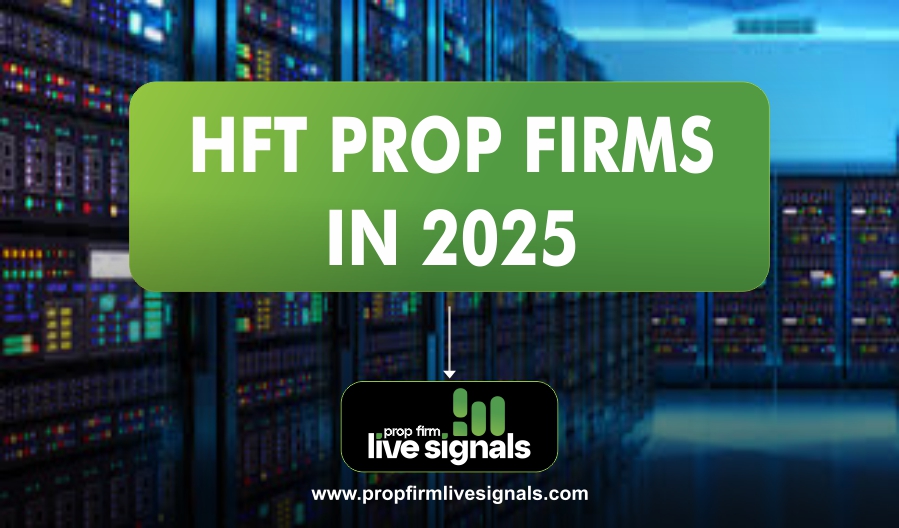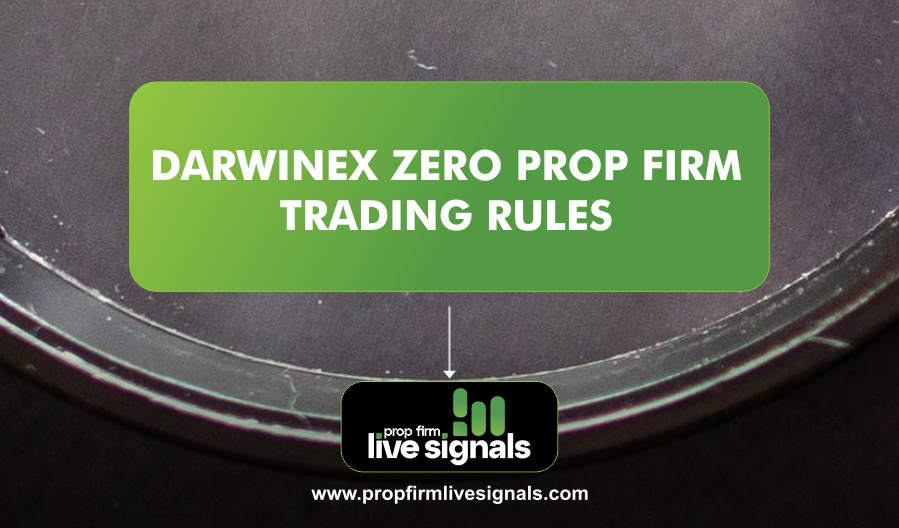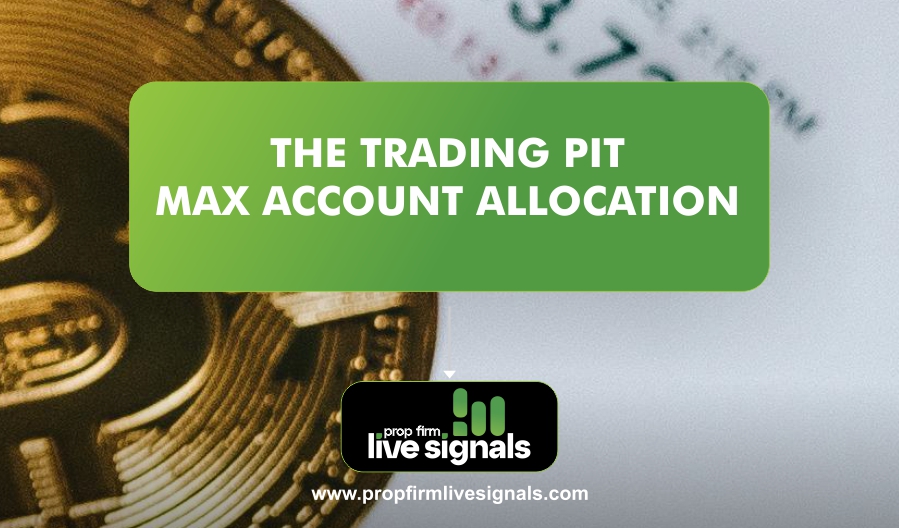What is High-Frequency Trading (HFT)?
High-Frequency Trading (HFT) is a form of algorithmic trading that relies on executing a large number of orders at extremely high speeds. These trades capitalize on small price differences that exist for only milliseconds. HFT is used to enhance market liquidity and price efficiency.
What are Prop Firms?
Proprietary trading firms (prop firms) are private firms that trade financial instruments using their own capital rather than client funds. Unlike hedge funds or brokers, prop firms profit directly from market movements instead of earning commissions.
Why Do Prop Firms Use HFT?
HFT allows prop firms to:
- Make rapid trading decisions
- Exploit market inefficiencies
- Provide liquidity to markets
- Reduce risk through diversification
Well-Known HFT Prop Firms in 2025
In 2025, several prominent proprietary trading firms specializing in High-Frequency Trading (HFT) have solidified their positions in the financial markets. Notable HFT prop firms include:
Jane Street Capital:
Founded in 1999, Jane Street has become a leading global proprietary trading firm. With over 2,600 employees across offices in New York, London, Hong Kong, Amsterdam, Chicago, and Singapore, the firm trades a broad range of asset classes on more than 200 venues in 45 countries. In 2020, Jane Street traded more than $17 trillion worth of securities, playing a significant role in maintaining liquidity in various markets.
en.wikipedia.org
Citadel Securities:
An offshoot of the hedge fund Citadel, Citadel Securities has emerged as a dominant force in electronic market-making. The firm has expanded its capabilities to resemble traditional banks, targeting areas like bond and commodity trading. With significant capital reserves, Citadel Securities caters to large institutional clients, challenging traditional banks in the trading sector.
reuters.com
DRW Trading Group:
Established in 1992, DRW is a proprietary trading firm based in Chicago. The firm trades various financial instruments, including fixed income, options and derivatives, energy and agriculture, and cryptocurrency. DRW has offices in Amsterdam, Austin, Greenwich, Tel Aviv, Chicago, New York City, Houston, London, Montreal, and Singapore, making it one of the largest trading firms globally.
en.wikipedia.org
Susquehanna International Group (SIG):
SIG is a global quantitative trading firm known for its expertise in options trading and market-making. The firm employs advanced technology and quantitative research to execute high-frequency trades across various asset classes.
XTX Markets:
XTX Markets is an electronic market-maker that provides liquidity in various financial markets. They are a leading algorithmic trading firm which seeks to automate all aspects of their business. The firm utilizes sophisticated algorithms and technology to facilitate high-frequency trading, contributing to market efficiency.
These firms have leveraged advanced technology, sophisticated algorithms, and substantial capital to establish themselves as key players in the HFT landscape of 2025.
The State of HFT Prop Firms in 2025
1. Advancements in Trading Technology
HFT prop firms in 2025 rely on cutting-edge technologies, including:
- Artificial Intelligence (AI) and Machine Learning: AI is now widely used for predictive analytics and trade execution.
- Quantum Computing: Some firms have started experimenting with quantum computing to enhance computational power.
- Ultra-Low Latency Networks: With the demand for faster execution, firms invest heavily in fiber-optic and microwave networks.
- Cloud-Based Trading: Cloud solutions offer scalable trading infrastructure and reduce costs.
2. Regulatory Landscape
Regulatory authorities worldwide have imposed stricter rules on HFT firms to maintain fair markets. In 2025, major regulations include:
- Transaction Taxes: Some countries have introduced small taxes on each HFT trade to curb excessive speculation.
- Speed Limits: Some exchanges implement minimum order duration to prevent market manipulation.
- Increased Transparency: Firms must disclose algorithms and trading strategies to regulators for scrutiny.
3. Expansion into Cryptocurrency HFT
With the growing acceptance of cryptocurrencies, many HFT prop firms are now actively trading digital assets. Crypto HFT is characterized by:
- Decentralized Exchanges (DEXs): HFT firms are developing strategies to profit from price inefficiencies across multiple DEXs.
- Stablecoin Arbitrage: Exploiting price differences between stablecoins on different platforms.
- AI-Powered Crypto Bots: Advanced AI bots are improving trading efficiency in the volatile crypto market.
4. Market Making and Liquidity Provision
HFT prop firms continue to serve as market makers, ensuring liquidity in various asset classes. In 2025, automated market-making (AMM) models has been refined to improve trade execution and risk management.
Challenges Facing HFT Prop Firms in 2025
1. Increased Competition
With more firms entering the HFT space, profitability margins are shrinking. Successful firms must differentiate themselves through better algorithms and technology.
2. Regulatory Pressure
Tighter regulations require firms to be more transparent and adaptive to legal changes. Compliance costs have increased significantly.
3. Infrastructure Costs
The race for the lowest latency continues to drive up infrastructure costs, requiring massive investments in co-location services and private data centers.
4. Cybersecurity Risks
HFT firms are prime targets for cyberattacks. Firms invest heavily in security measures to prevent data breaches and algorithmic manipulation.
The Future of HFT Prop Firms
1. AI-Driven Trading Strategies
By 2025, AI is not just assisting traders but making autonomous trading decisions. Deep learning models analyze vast datasets to identify profitable opportunities.
2. Integration with Decentralized Finance (DeFi)
DeFi is becoming more sophisticated, and HFT firms are integrating with decentralized protocols to execute high-speed trades on blockchain networks.
3. Sustainable and Ethical Trading
With increasing scrutiny on the environmental impact of trading infrastructure, firms are investing in energy-efficient data centers and carbon-neutral trading operations.
4. Expansion into Emerging Markets
HFT firms are looking beyond traditional markets, exploring opportunities in regions with growing financial ecosystems such as Africa and Southeast Asia.
Conclusion
In 2025, HFT prop firms are more advanced than ever, leveraging AI, quantum computing, and blockchain technology to stay ahead in financial markets. While they face challenges like regulatory scrutiny and rising competition, innovation continues to drive the industry forward.
Frequently Asked Questions (FAQs)
How do HFT prop firms make money?
HFT prop firms profit by capitalizing on small price inefficiencies in financial markets. They use algorithms to execute trades at high speeds, earning profits from bid-ask spreads, arbitrage, and market-making strategies.
What is the difference between an HFT firm and a hedge fund?
HFT firms trade with their own capital and focus on ultra-fast transactions, while hedge funds manage client money and may use long-term investment strategies.
Is HFT legal?
Yes, HFT is legal, but it is heavily regulated to prevent market manipulation and unfair advantages.
Can individual traders compete with HFT firms?
It is extremely difficult for individual traders to compete with HFT firms due to the high cost of infrastructure, advanced algorithms, and low-latency execution speeds.
What skills are required to work in an HFT prop firm?
HFT firms look for professionals with expertise in quantitative finance, programming (Python, C++, Java), machine learning, and data science.




